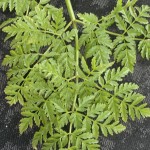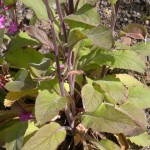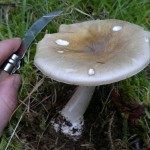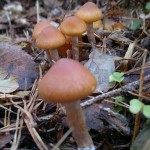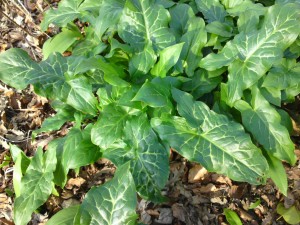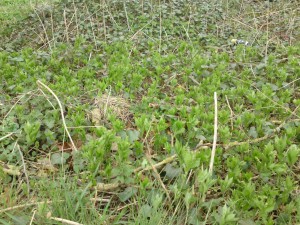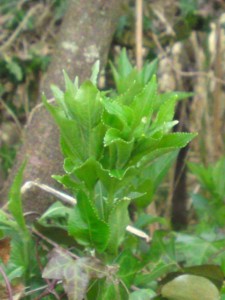Poisonous Species
When learning to forage, it is more important to familiarise yourself with poisonous than edible species. Though truly dangerous species are much rarer than some people think, there is no room for complacency as there are a dozen or so seriously toxic plants and fungi that are common in the UK. The most dangerous of these resemble or grow alongside good edible species. These should be at the forefront any forager’s mind when harvesting.
Poisonous is a moveable feast (don’t feast!) and the toxicity of plants can vary hugely according to several factors:
- Part of the plant – seeds and roots often contain higher concentrations of toxic substances
- State of growth of the plant – for example, a plant leaf may contain higher levels of toxic compounds in the spring
- Age, health and biological make-up of the person consuming the poison
- Quantity ingested
Remember – “edible” and “toxic” lie on a spectrum. Our shops and supermarkets are full of both harmful and nourishing substances, many of which are packaged attractively. Wild plants and fungi are much the same!
Related pages:
- Mushrooms and Toadstools: What’s The Difference?
- The Day I Ate A Deadly Plant: The Spectrum of Edibility
- An Introduction to the Carrot/Apiaceae Family
- Poisonous Species
- Cow Parsley v Hemlock
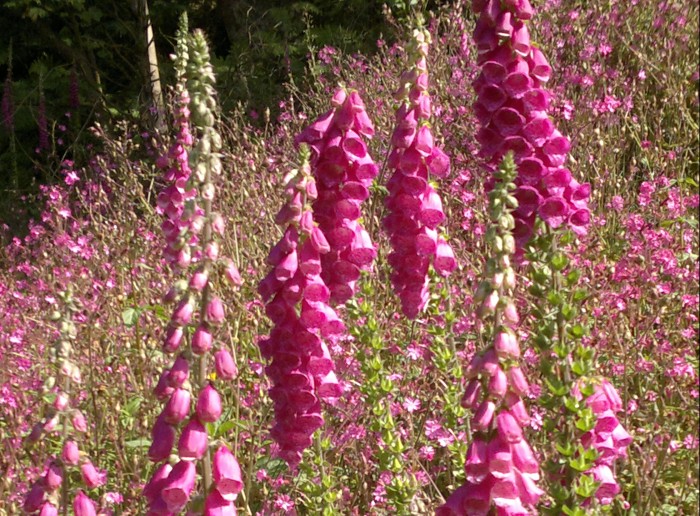
Foxgloves are virulently toxic to humans. Most people know this and can recognise them by their flowers. But foragers need to be able to recognise them by their basal leaves alone.
Please do not be put off foraging by fear. Deadly nightshade is part of the potato family and hemlock is closely related to carrot, but we don’t disregard tatties and carrots because of their disreputable relatives. It is all about taking an interest in all you encounter and learning to recognise the features that differentiate them.
Here are the plants and fungi you should learn to recognise first based on toxicity, similarity to edible species and your likelihood of coming across them.
Browse poisonous species on the foraging guide
…………………………………………………………………………………………………………..
LETHAL – ingestion of even small amounts potentially deadly.
…………………………………………………………………………………………………………..
HIGHLY TOXIC – Potentially life threatening
Cortinarius Speciossimus
Fools Parsley
Yew
Deadly Nightshade
………………………………………………………………………………………………………….
TOXIC – Likely to cause serious discomfort or illness but seldom fatal
Lords and Ladies – Arum maculatum
A fairly common plant in old shady woodlands, scrub and hedgerows. Strong irritant. Young leaves can be mistaken for sorrel, but lacks sharp backward-pointing lobes on leaf base and is much more glossy and veined.
Dog Mercury – Mercurialis perrenis
Large colonies common in verges, hedges and woods – recognisable from upright growth. Similar to Good King Henry. Take care not to pick it along with ramsons.
Suphur Tuft
Yellow Stainer
Panther Cap
…………………………………………………………………………………………………………..
WORK IN PROGRESS – This is by no means an exhaustive list.
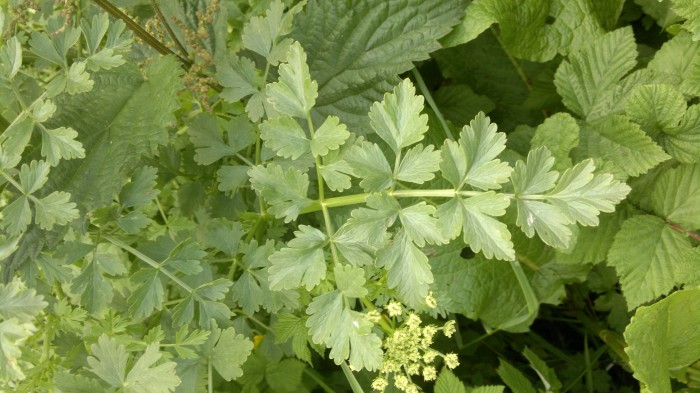
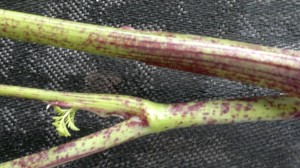
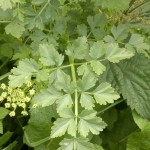 Hemlock water-dropwort
Hemlock water-dropwort